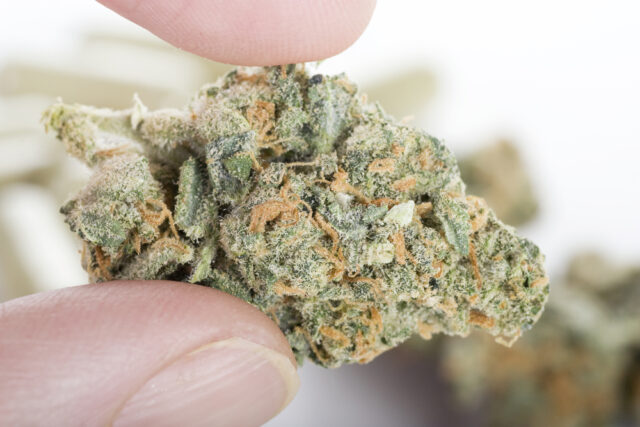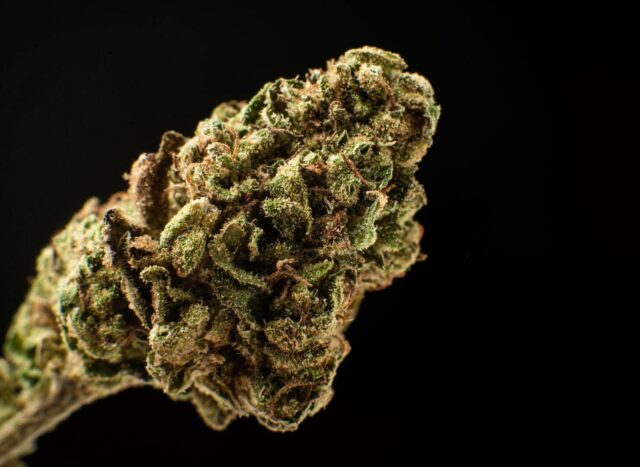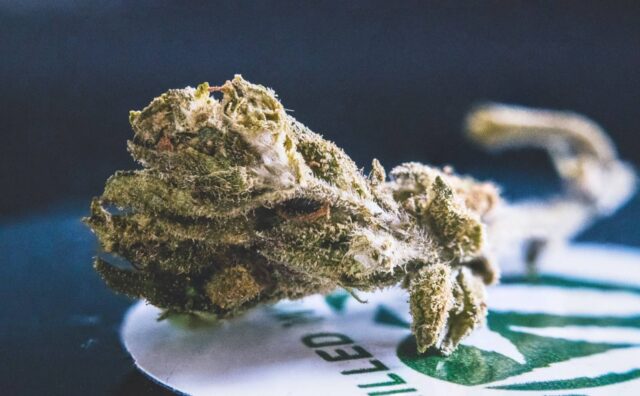
Tetrahydrocannabinol, commonly known as THC, is the chemical compound found in the cannabis plant responsible for its psychoactive effects. In this in-depth analysis, we will explore the intricate world of THC metrics, with a particular focus on Delta 9 Tetrahydrocannabinol. Understanding these metrics is of paramount importance, catering to both the curious consumers and the vigilant regulatory authorities. This article is aimed at providing an in-depth yet accessible examination of this subject.
What Is Delta 9 THC?
Delta 9 THC is the primary psychoactive constituent of the cannabis plant. It is the compound that induces the characteristic “high” or altered state of consciousness when cannabis is consumed. Chemically, Delta 9 Tetrahydrocannabinol possesses a specific arrangement of atoms that allows it to interact with the brain’s receptors, leading to changes in perception and mood. While there are various forms of THC in cannabis, this strain remains the most renowned and extensively researched one.
Understanding Delta 9 THC Content

Delta 9 THC content serves as a pivotal metric for individuals using cannabis products and those tasked with regulating them. This metric is pivotal in determining the potency and potential effects of a given cannabis product, including Delta9Gummies. It is conventionally expressed as a percentage, which indicates the proportion of Delta 9 Tetrahydrocannabinol present in a sample of cannabis or a cannabis-derived product.
For instance, if a product is labeled as having 20% Delta 9 Tetrahydrocannabinol, it signifies that 20% of the product’s total composition consists of this psychoactive compound. This measurement is crucial for consumers who want to gauge the intensity of their cannabis experience and make informed choices when selecting different THC products like. Additionally, it plays a vital role in regulatory frameworks, helping authorities enforce potency limits and ensure product safety.
Methods for Measuring Delta 9 THC
Accurate measurement of Delta 9 THC content relies on various sophisticated analytical methods. Among the most prevalent techniques are gas chromatography (GC) and high-performance liquid chromatography (HPLC). These methods excel at separating and quantifying the different components of a cannabis sample. GC involves heating the sample, while HPLC employs solvents to dissolve it. Laboratories worldwide leverage these techniques to achieve precise and reliable measurements.
Importance of Accurate THC Metrics
The significance of precise THC metrics cannot be overstated. For consumers, it guarantees that they have a clear understanding of what they are consuming, allowing them to make informed choices and avoid unintended consequences. Regulators heavily rely on accurate Tetrahydrocannabinol metrics to enforce laws and regulations governing the cannabis industry, ensuring public safety and adherence to quality standards. Furthermore, producers benefit from these metrics by maintaining consistency in product formulation and labeling, thereby promoting responsible consumption.
Legal Considerations
The legal landscape surrounding Delta 9 THC is complex and varies significantly from one jurisdiction to another. In some regions, it is entirely prohibited, while in others, it is permitted for medical or recreational use under specific conditions. It is crucial for consumers and industry stakeholders to be aware of the legal framework governing this strain in their respective areas. Failure to comply with these regulations can result in legal consequences.
Factors Affecting Delta 9 THC Levels

The Delta 9 THC content in cannabis products is not static; it can vary widely due to several factors. Genetics plays a significant role, as different cannabis strains have varying levels of Delta 9 THC. Additionally, environmental factors such as soil quality, climate, and cultivation practices can influence Tetrahydrocannabinol content. Proper storage and handling of cannabis products can also impact their levels over time. Consumers should be mindful of these factors when choosing and storing cannabis products.
Common Delta 9 THC Measurement Units
Delta 9 THC content is typically expressed in percentage terms, as mentioned earlier. However, it’s essential to note that different regions and laboratories may use different units of measurement, such as milligrams per gram (mg/g) or milligrams per milliliter (mg/mL). Understanding these measurement units can help consumers interpret product labels accurately and compare the potency of different cannabis products.
Lab Testing for Delta 9 Tetrahydrocannabinol
The most reliable way to determine the Delta 9 THC content of a cannabis product is through laboratory testing. Reputable labs use validated methods like GC or HPLC, as previously discussed, to provide accurate measurements. Consumers should look for products that have undergone third-party testing by accredited laboratories, as this ensures transparency and product quality. Lab-tested products often display a Certificate of Analysis (CoA) that provides detailed information about the product’s cannabinoid content, including Delta 9 Tetrahydrocannabinol levels.
Interpreting Delta 9 THC Results
Interpreting Delta 9 THC results requires a basic understanding of the percentage or measurement unit provided. Higher percentages indicate greater potency, meaning the product is likely to have stronger psychoactive effects. Consumers should consider their tolerance and preferences when choosing products with specific Delta 9 THC levels. It’s also essential to be aware of local regulations, as some areas have limits on Tetrahydrocannabinol potency in cannabis products.
Safety and Responsible Use of Delta 9 THC

Safety is paramount when it comes to using Delta 9 THC-containing products. It’s crucial for consumers to start with low doses, especially if they are new to cannabis or have a low tolerance. The effects of Delta 9 Tetrahydrocannabinol can vary from person to person, so it’s essential to take it slow and gauge one’s reaction. Never drive or operate heavy machinery under the influence of Delta 9 THC, as it impairs coordination and judgment. Furthermore, always store cannabis products securely and out of the reach of children and pets to prevent accidental ingestion.
Conclusion: The Significance of Tetrahydrocannabinol Metrics
In conclusion, THC metrics, specifically those related to Delta 9 THC content, are pivotal for both consumers and the cannabis industry as a whole. They provide essential information about the potency and effects of cannabis products, helping individuals make informed choices and regulators enforce laws effectively. As the cannabis landscape continues to evolve, understanding and utilizing Tetrahydrocannabinol metrics will remain crucial for ensuring safe and responsible cannabis consumption. By staying informed and making educated decisions, consumers can enjoy the benefits of Delta 9 Tetrahydrocannabinol while minimizing potential risks.



